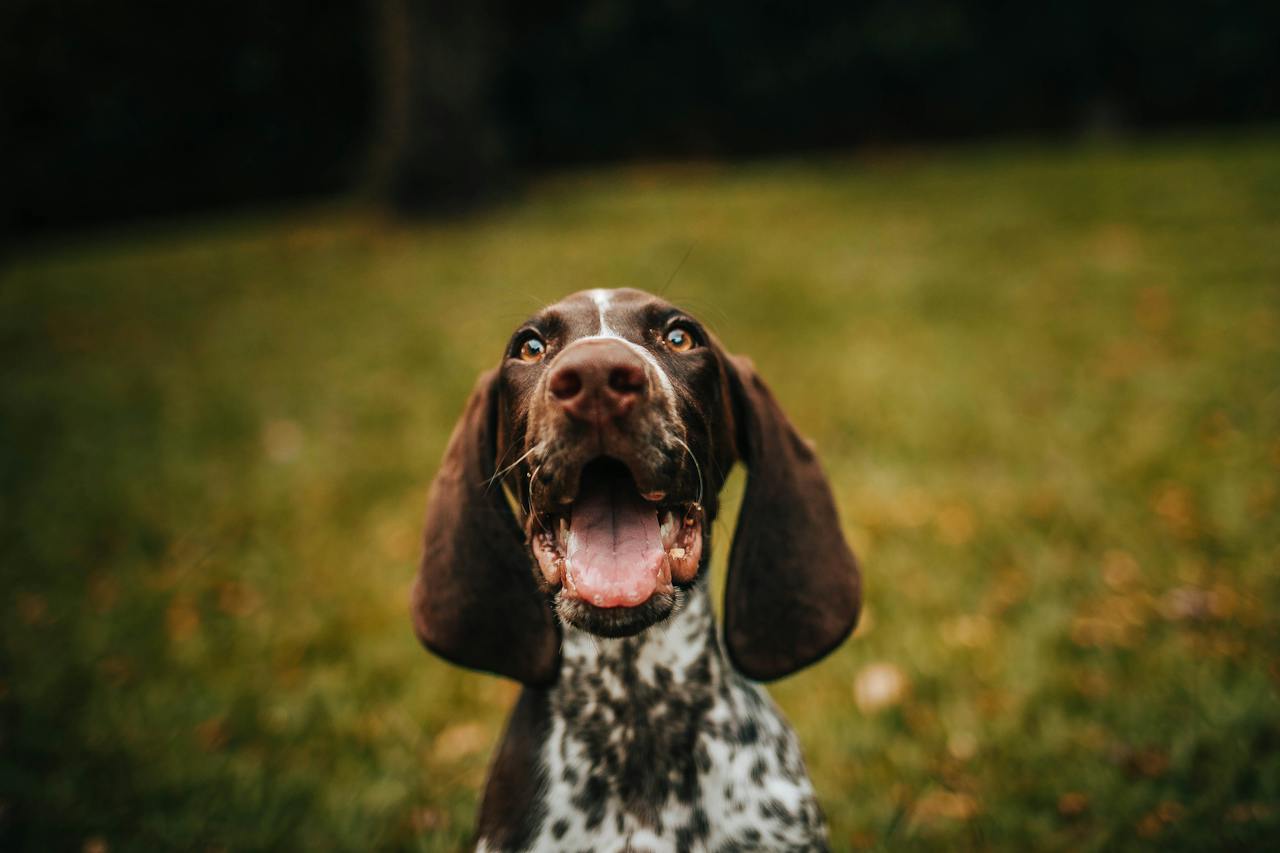
21 Nov Understanding Oral Papilloma Virus in Dogs: Causes, Symptoms, and Treatment
Oral health is a crucial aspect of the overall well-being in dogs. One condition that dog owners should be aware of is Oral papillomavirus (OPV). This viral infection affects the oral cavity of dogs, leading to the formation of benign growths or papillomas. These can range from a few to many tumors (also known as warts) to form. In this blog, we will delve into the causes, symptoms, and treatment options for Oral Papillomavirus in dogs.
Causes of Oral Papillomavirus in Dogs
Oral papillomavirus is primarily caused by the canine papillomavirus (CPV), specifically types 1 and 2. This virus is highly contagious and is transmitted through direct contact with an infected dog or contaminated objects, such as toys or water bowls. Puppies and young dogs are more susceptible to OPV due to their still-developing immune systems.
Symptoms
1. Visible Growths:
The most noticeable sign of OPV is the appearance of cauliflower-like growths in the mouth, on the lips, gums, and sometimes the tonsils. These growths are typically painless but can interfere with eating, leading to weight loss.
2. Excessive Drooling:
Dogs with OPV may exhibit increased drooling due to the presence of papillomas in the oral cavity. The drooling can be accompanied by bad breath.
3. Difficulty Eating:
As the papillomas grow, they may obstruct the dog’s ability to chew and swallow, causing reluctance to eat or difficulty in doing so.
4. Spread to other Dogs:
Since OPV is highly contagious, it can easily spread to other dogs in multi-dog households or places where dogs congregate, such as parks or daycare facilities.
Treatment
1. Natural Regression:
In many cases, oral papillomas will regress on their own as the dog’s immune system matures and becomes capable of fighting the virus. This process can take several weeks to months.
2. Surgical Removal:
In severe cases where the papillomas cause significant discomfort or interfere with the dog’s ability to eat, surgical removal may be considered. However, it’s essential to consult with a veterinarian to determine the best course of action.
3. Boosting the Immune System:
Supporting the dog’s immune system is crucial in managing OPV. A healthy diet, regular exercise, and appropriate vaccinations can help strengthen the immune response.
4. Isolation and Prevention:
Since OPV is highly contagious, isolating infected dogs and taking preventive measures, such as avoiding shared toys and water bowls, can help prevent the spread of the virus.
Conclusion
Oral Papillomavirus in dogs is a common viral infection that can be managed with proper care and attention. Dog owners should be vigilant for symptoms and consult with a veterinarian for an accurate diagnosis and appropriate treatment plan. By understanding the causes, symptoms, and treatment options for OPV, dog owners can ensure the health and well-being of their furry companions.
Photo by Helena Lopes from Pexels


